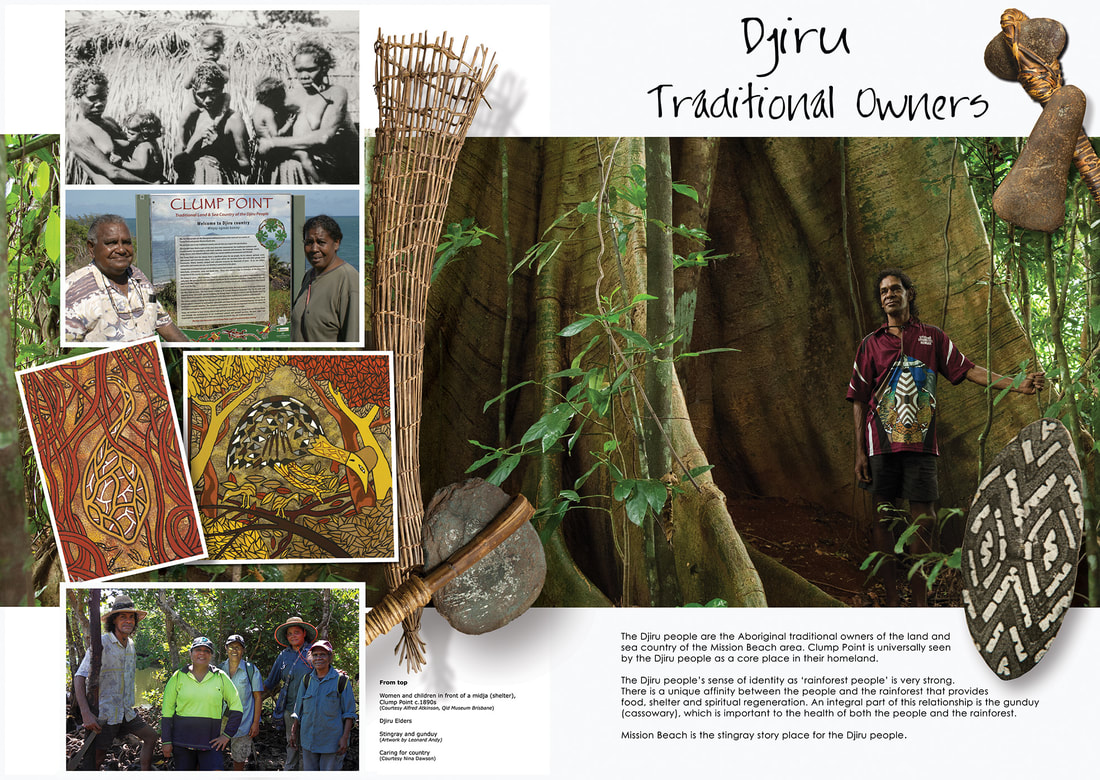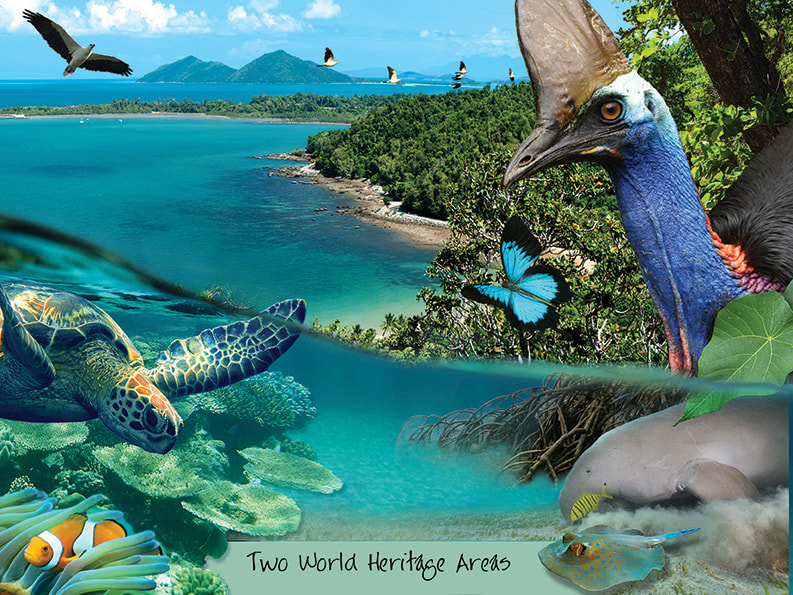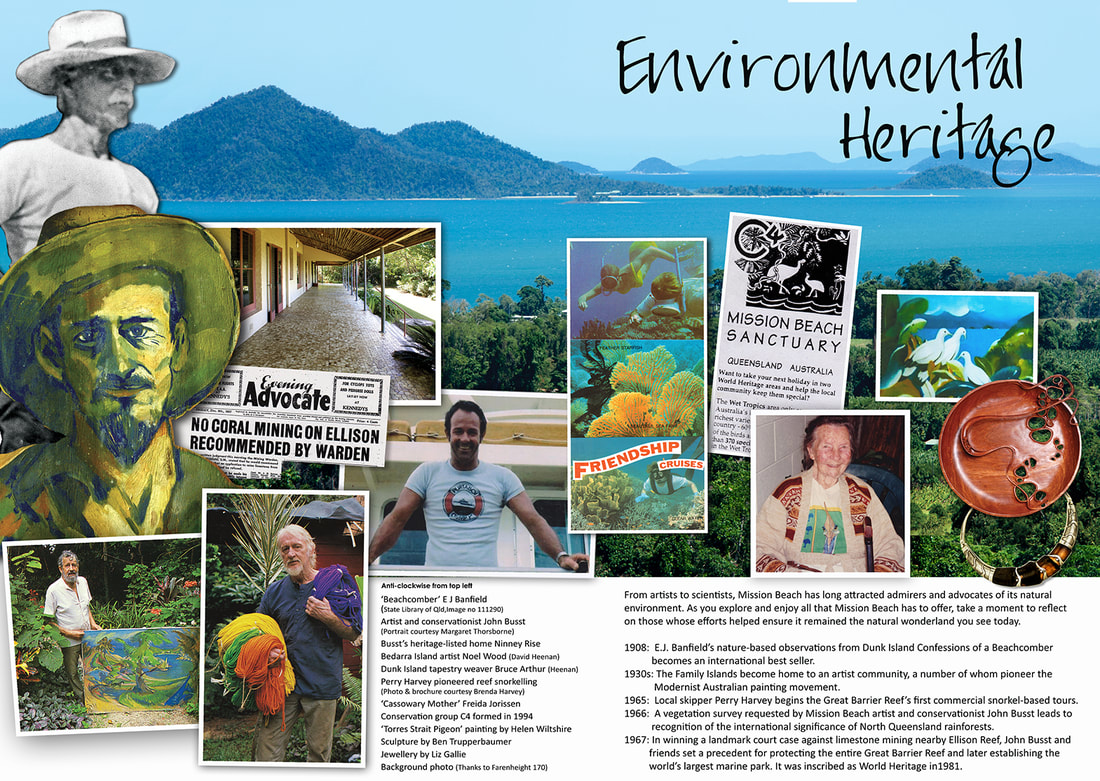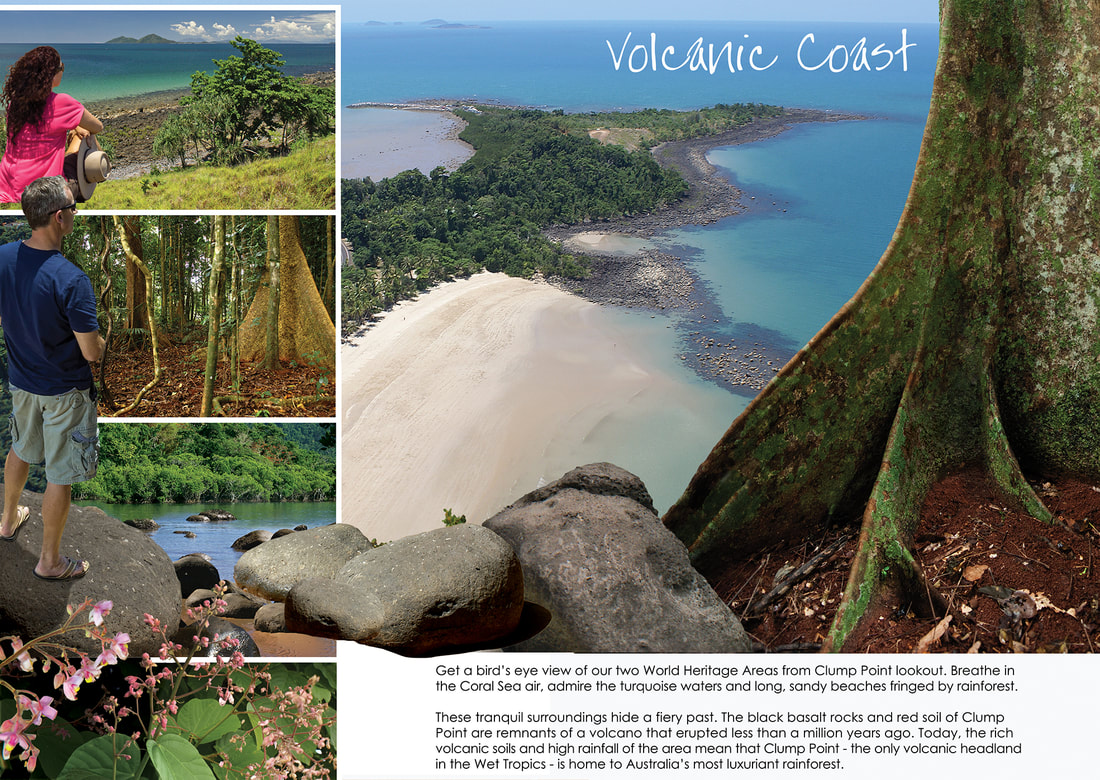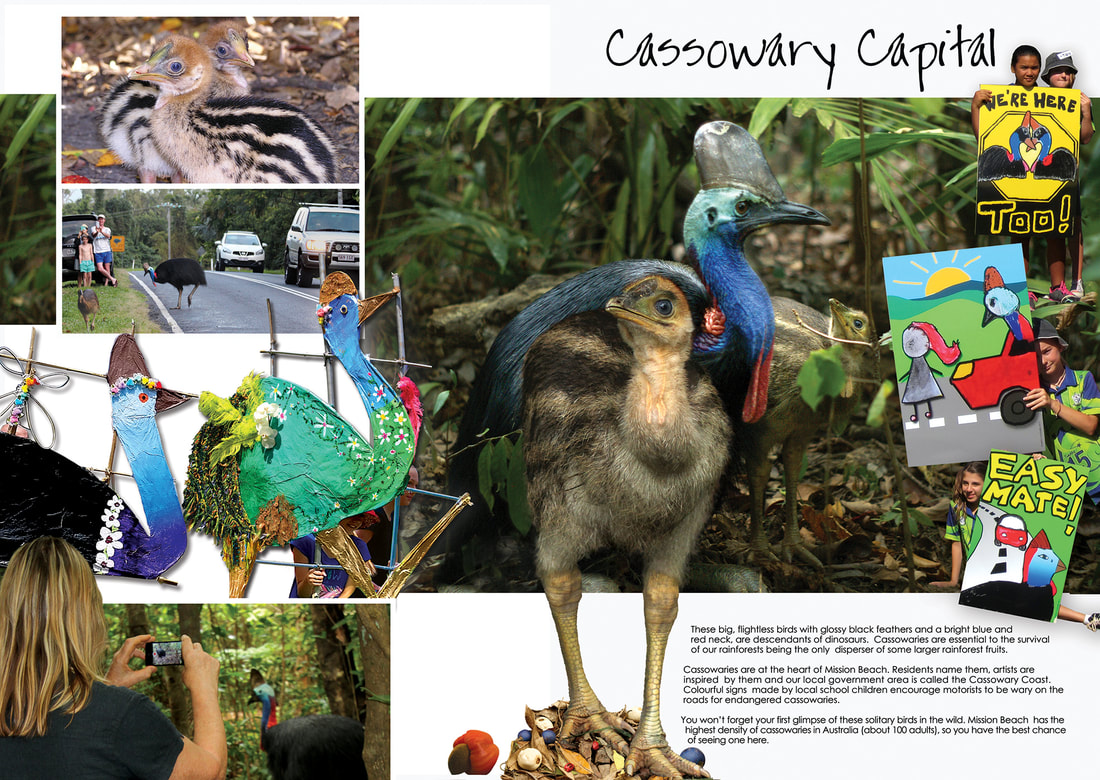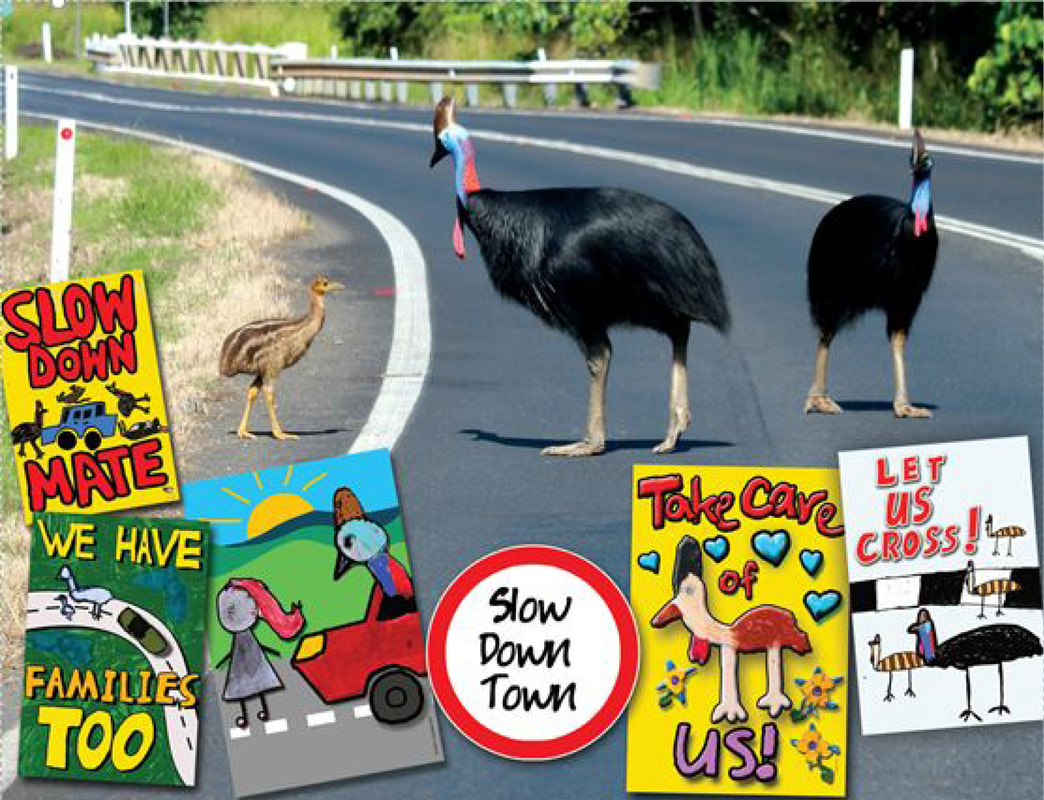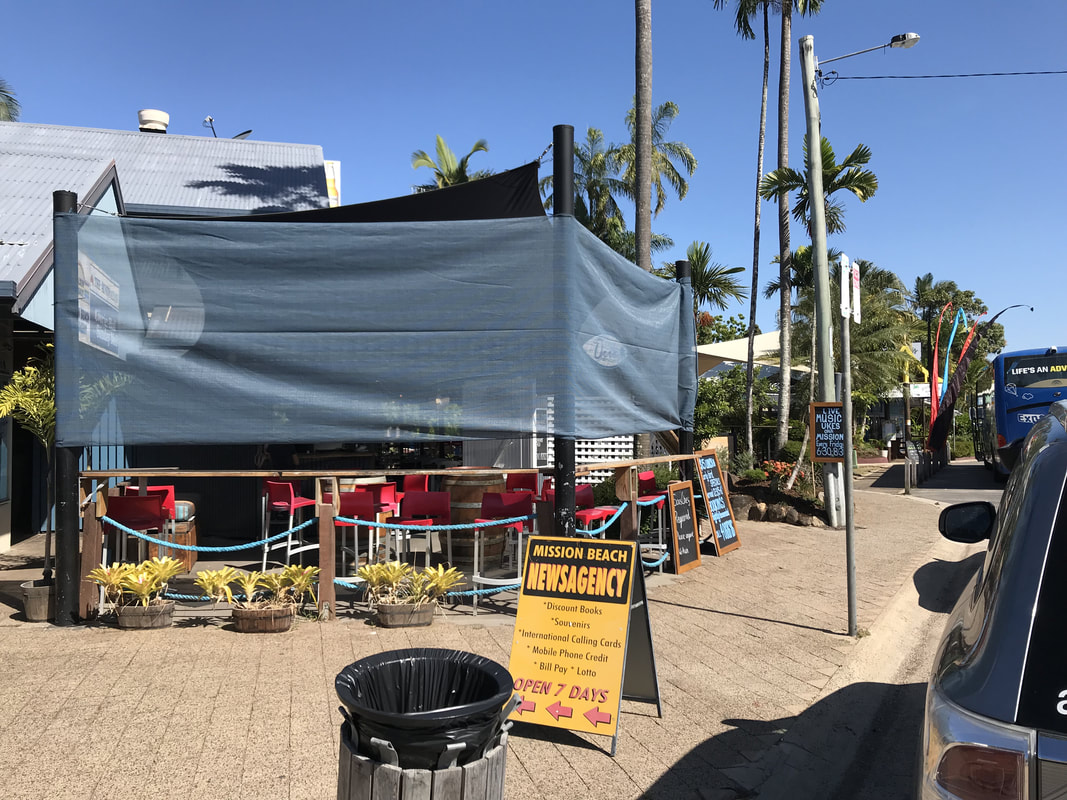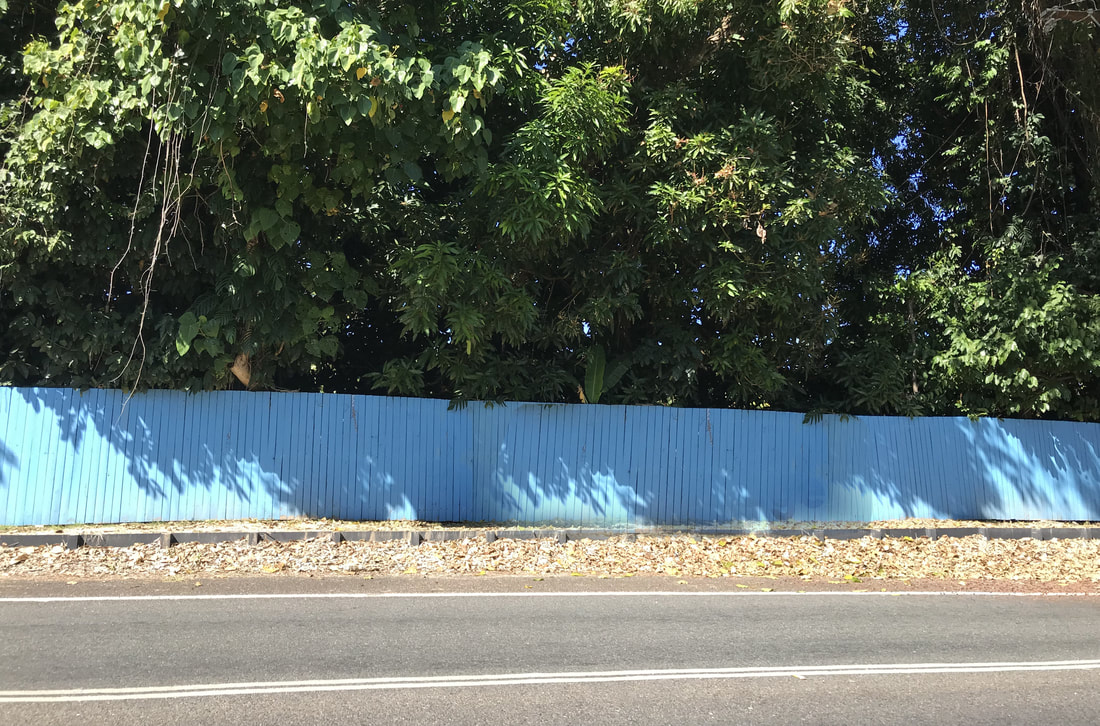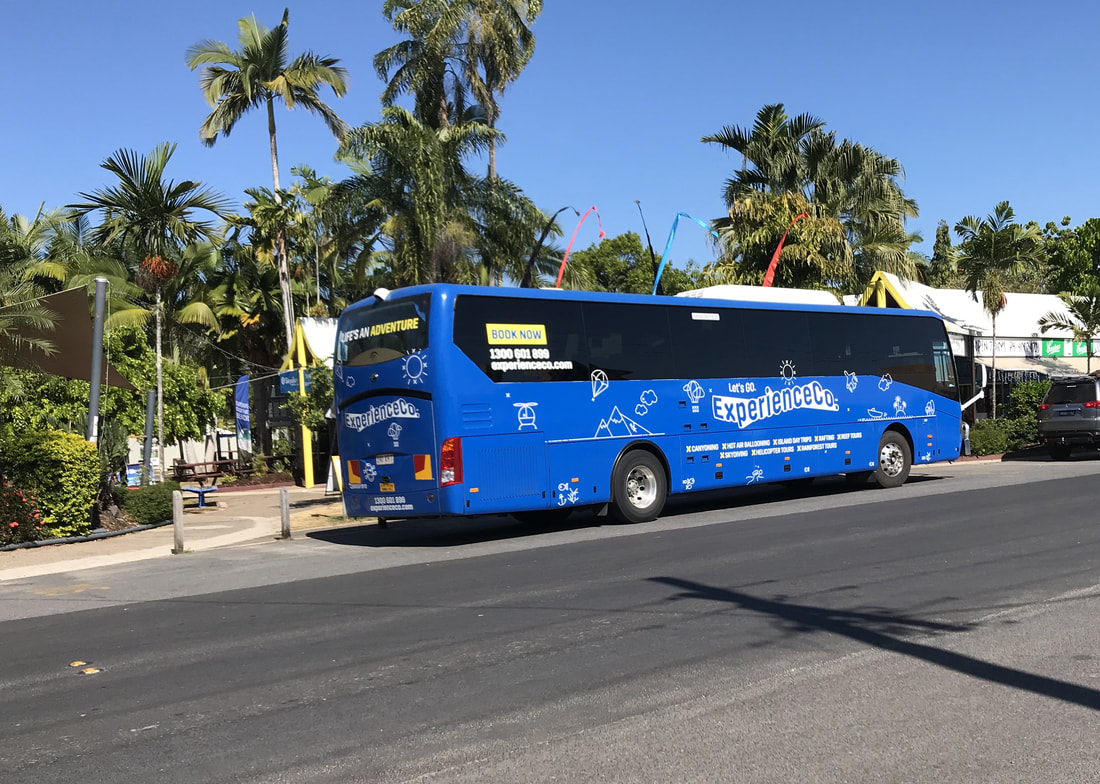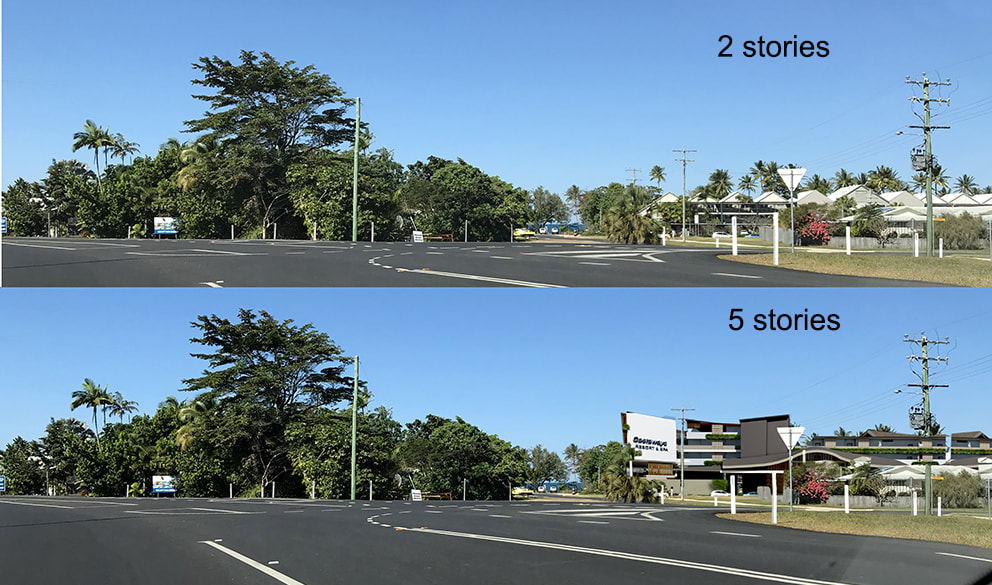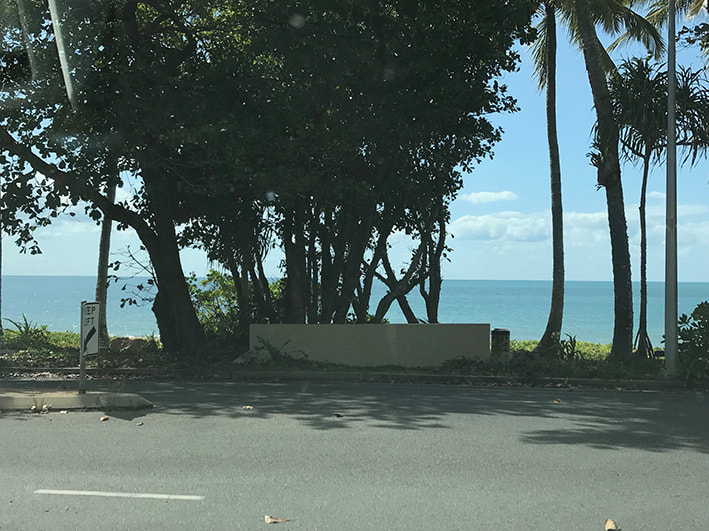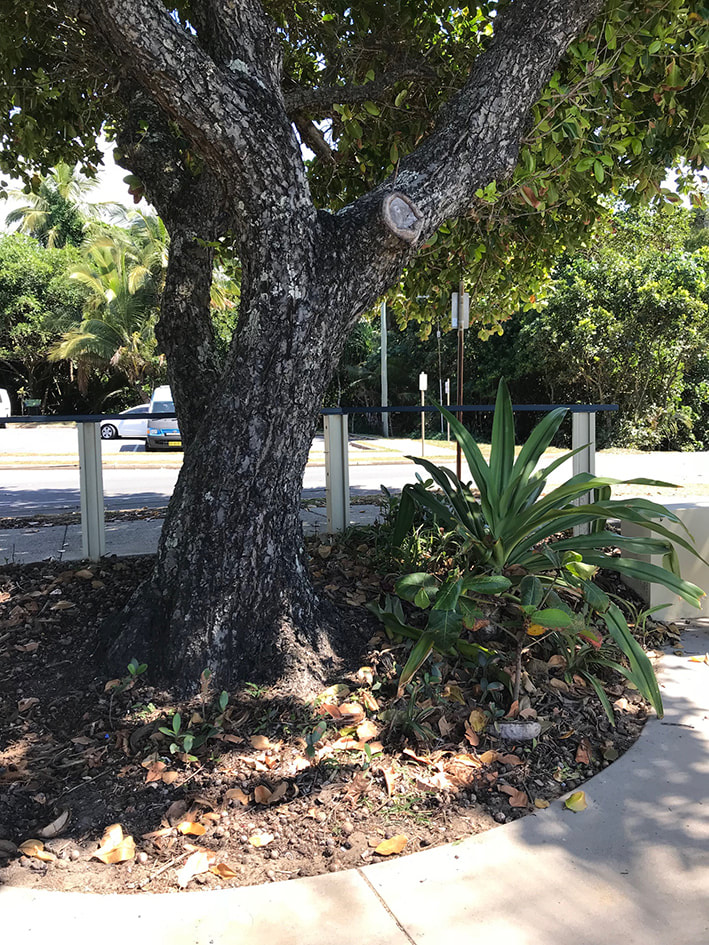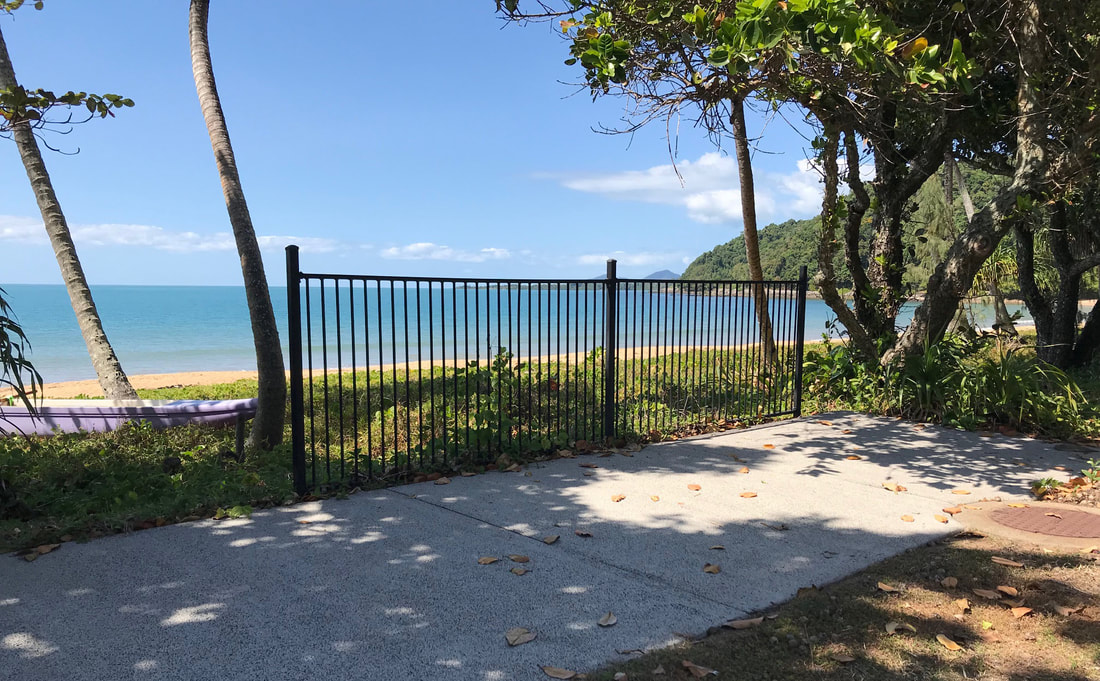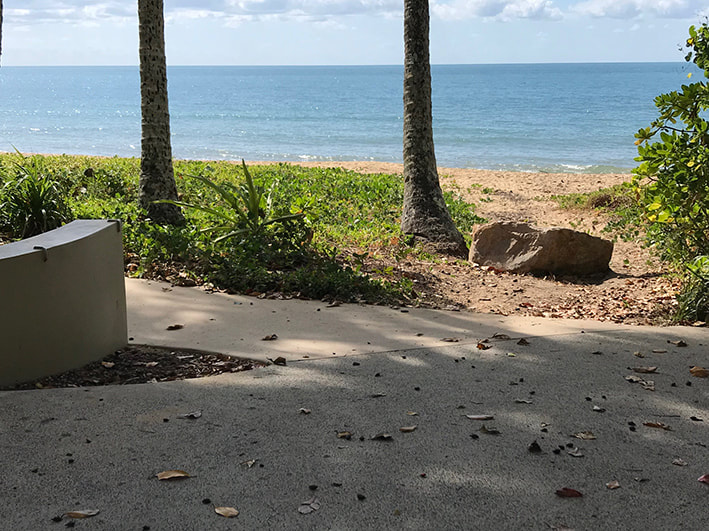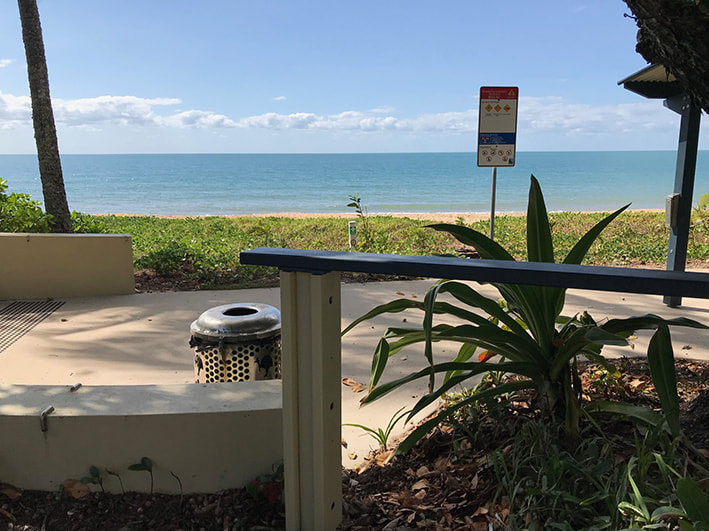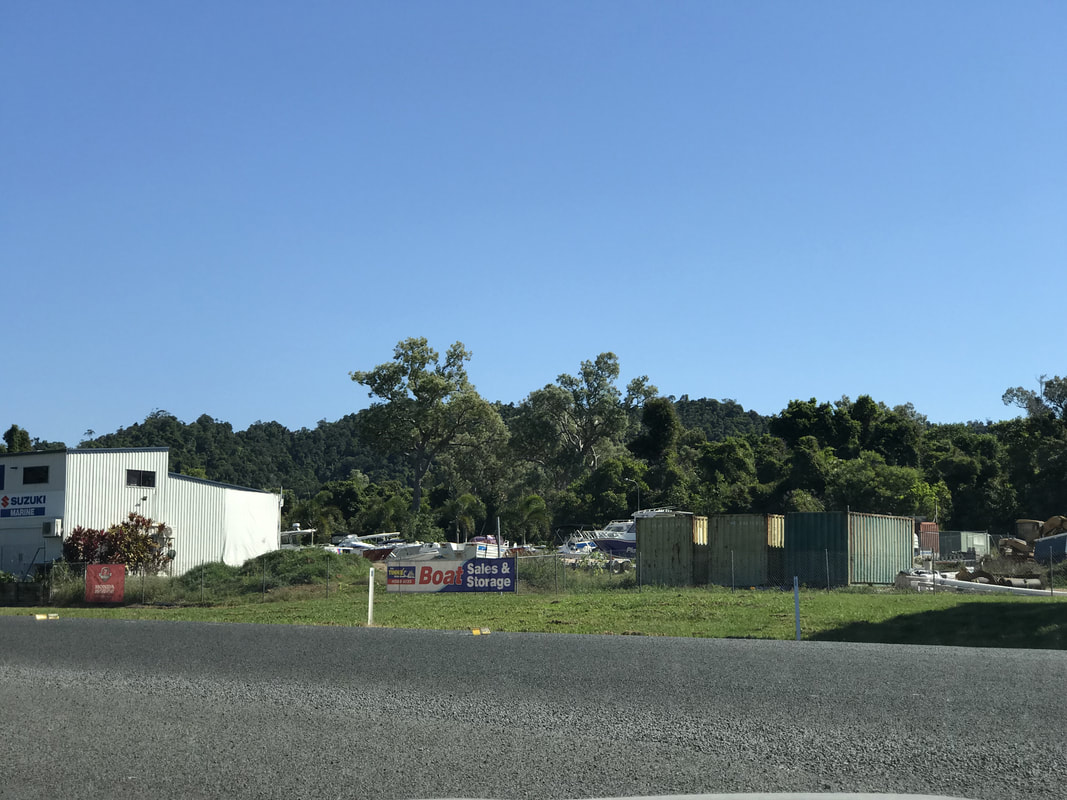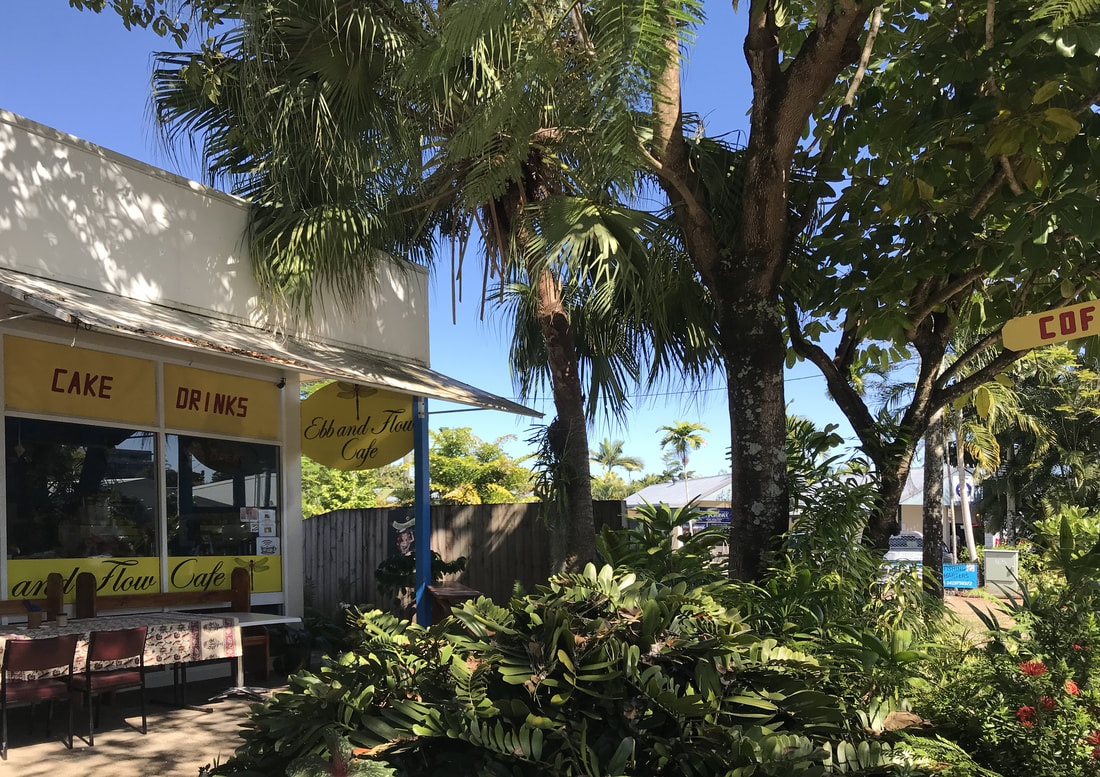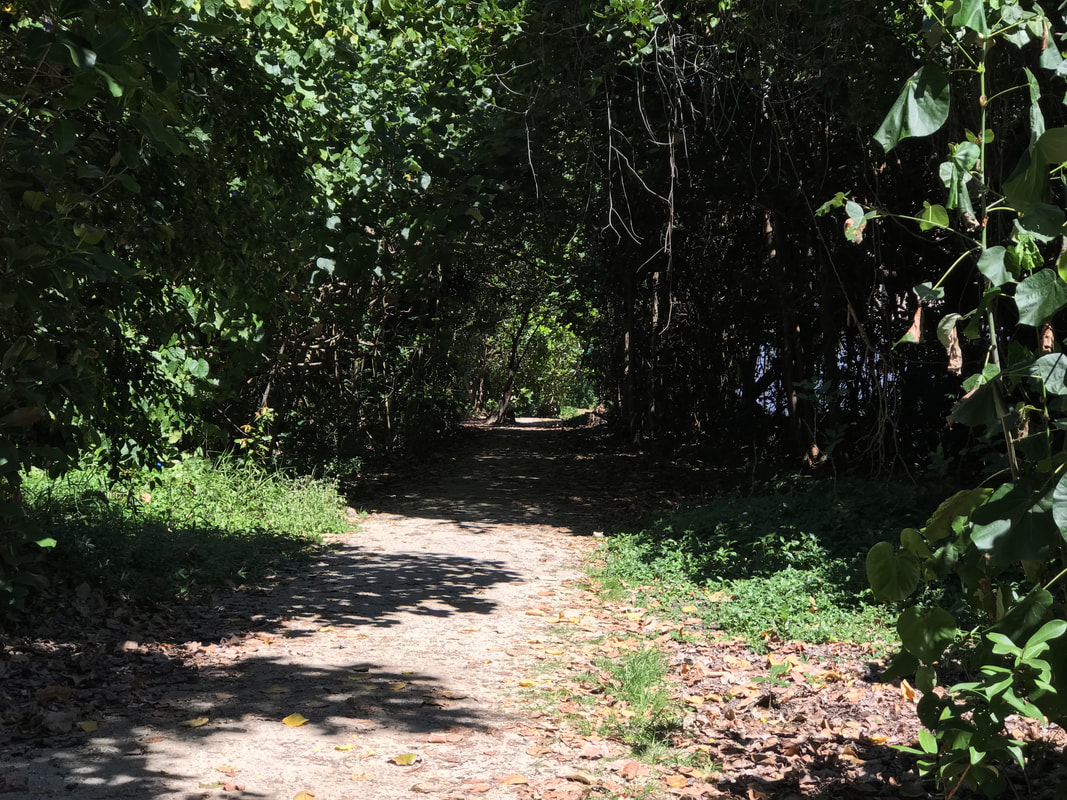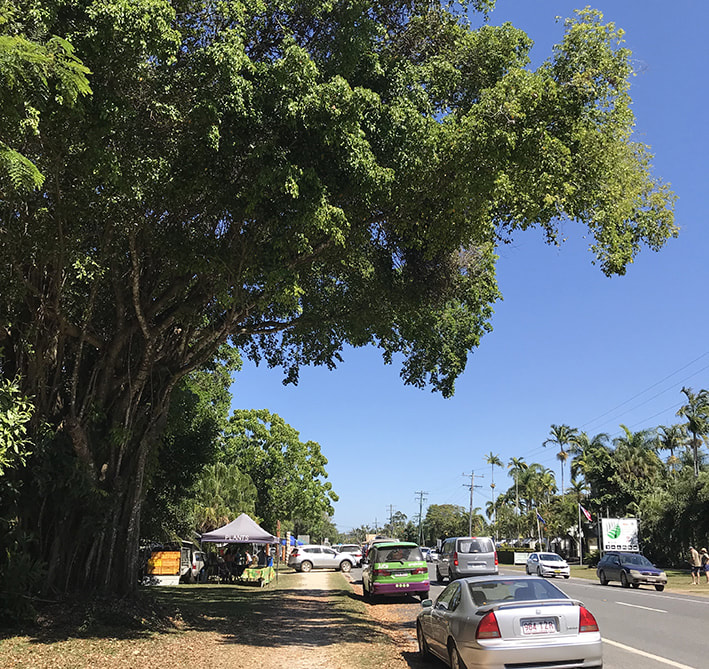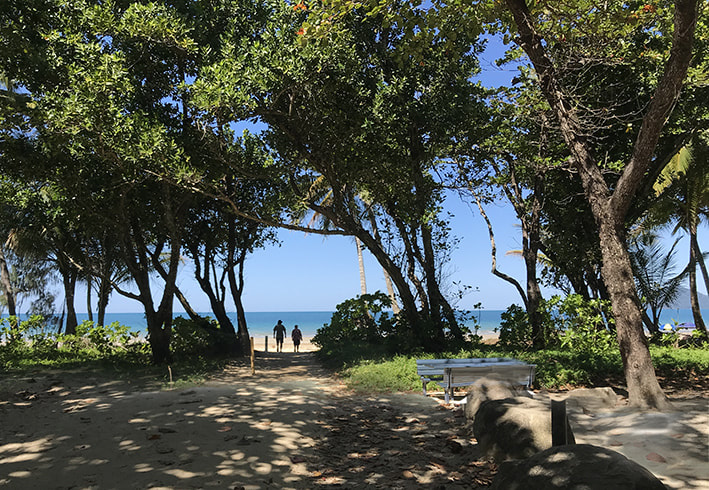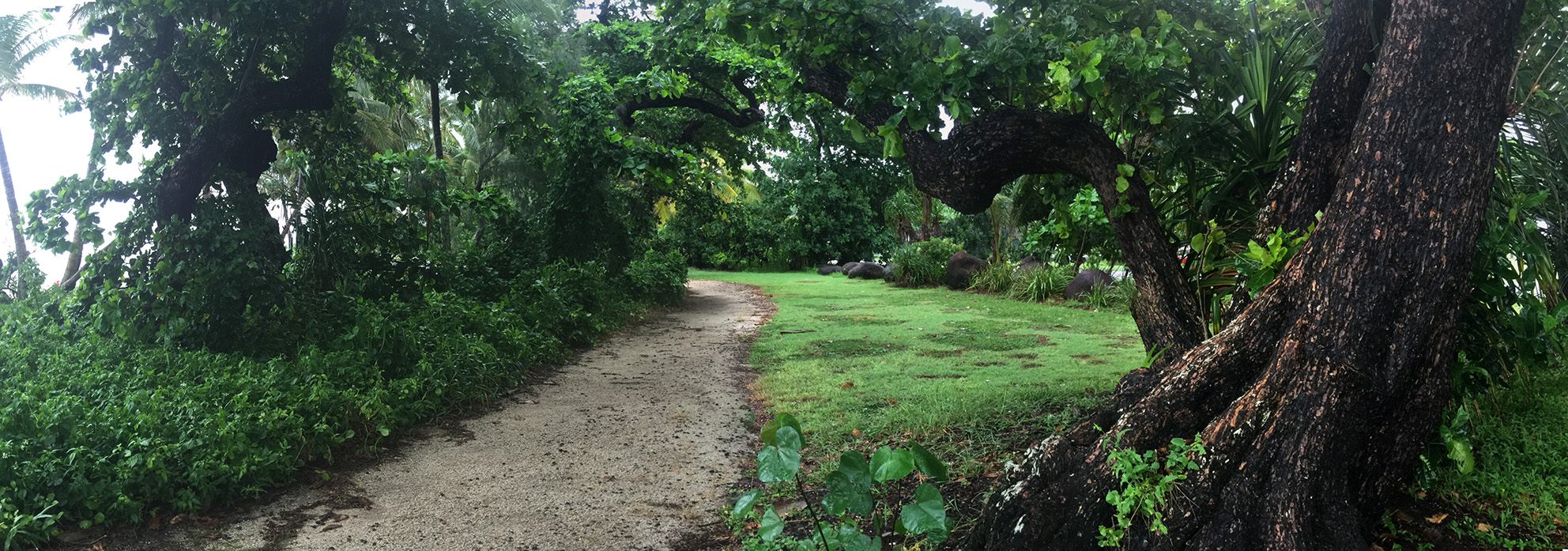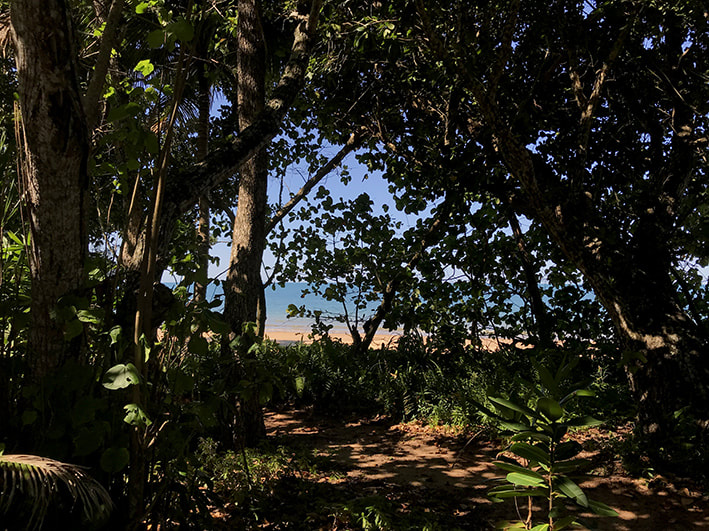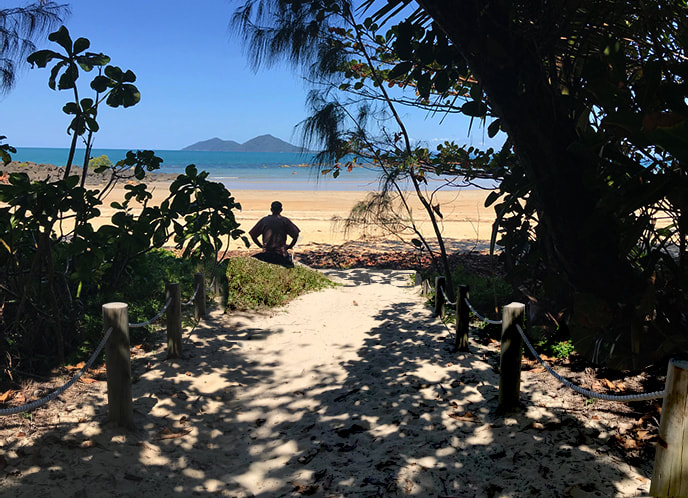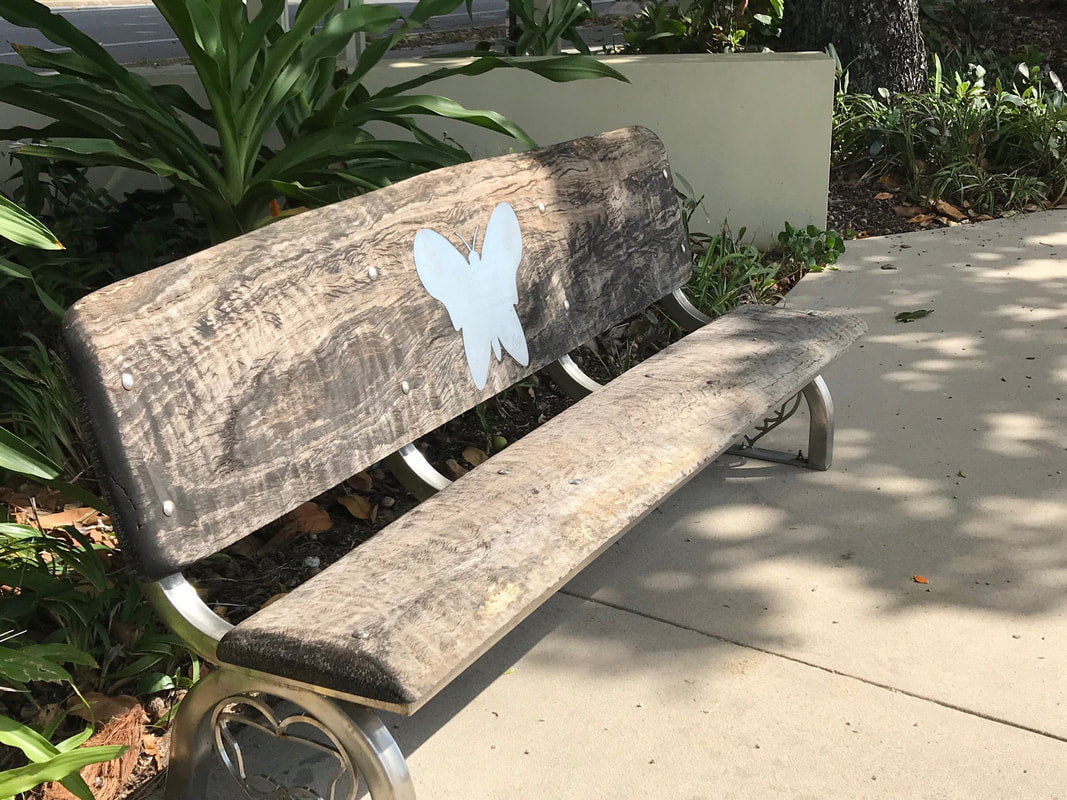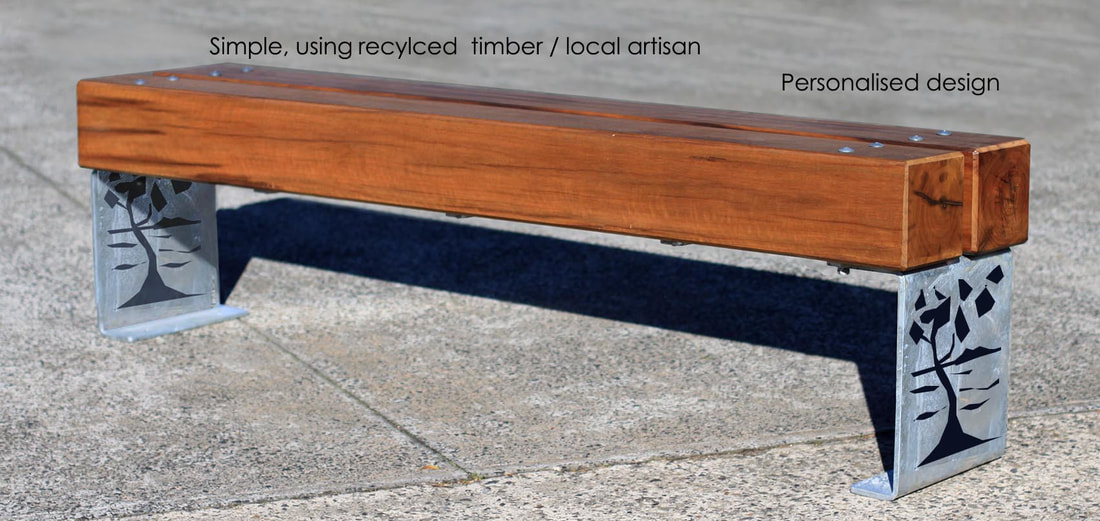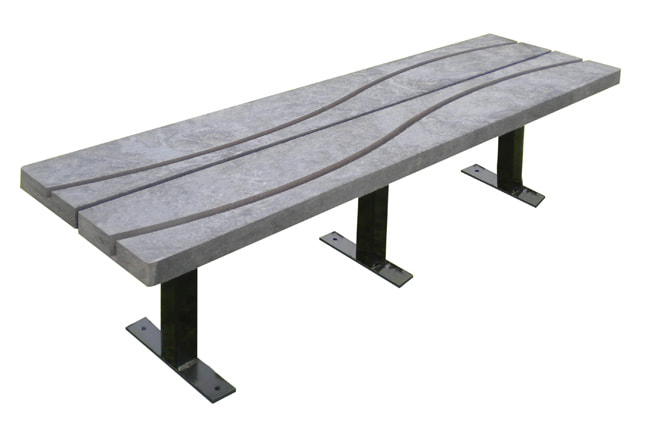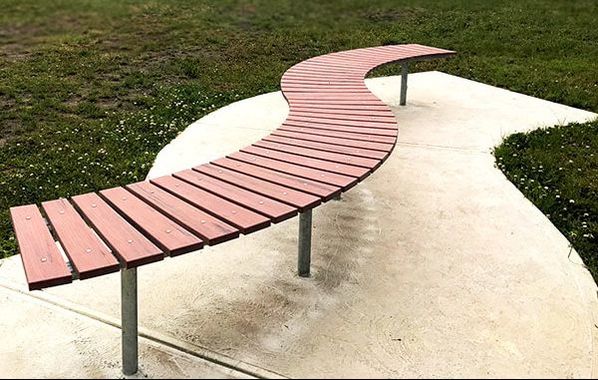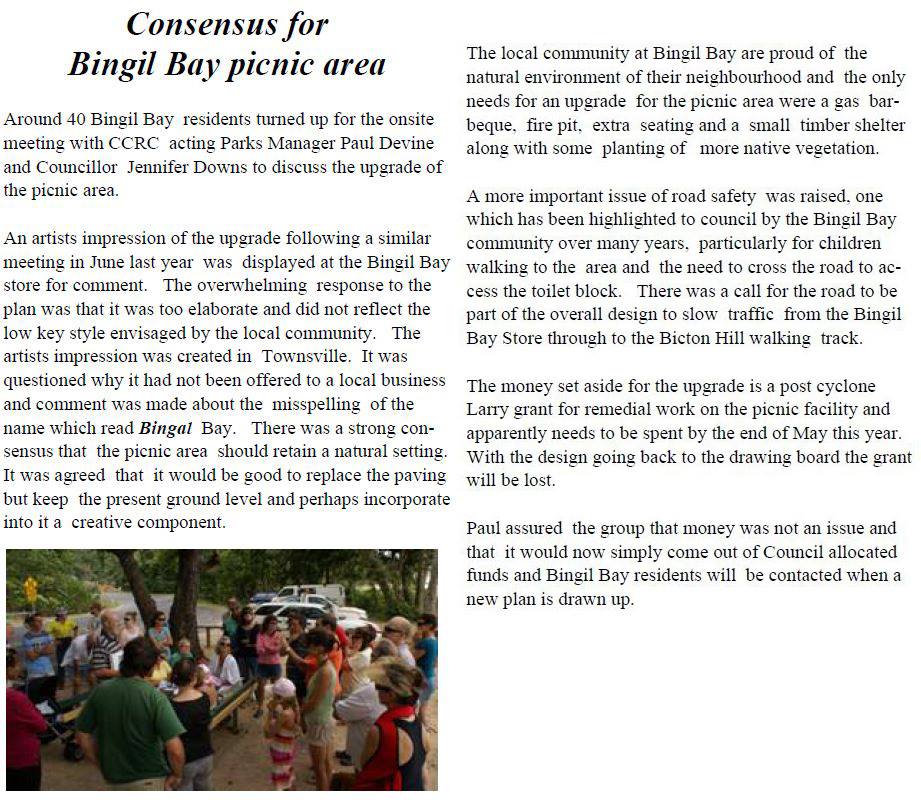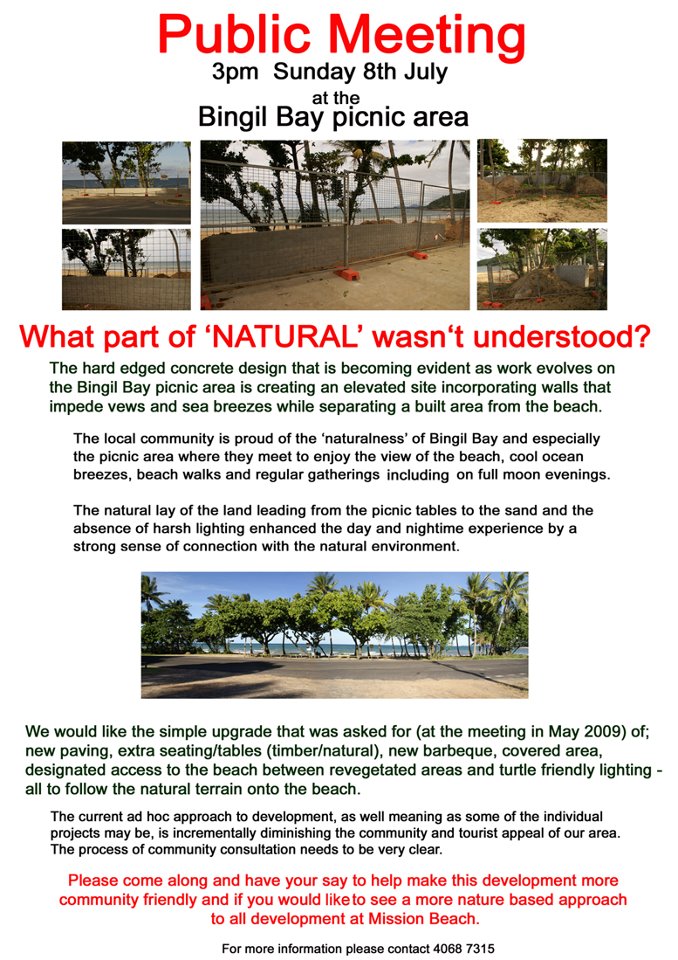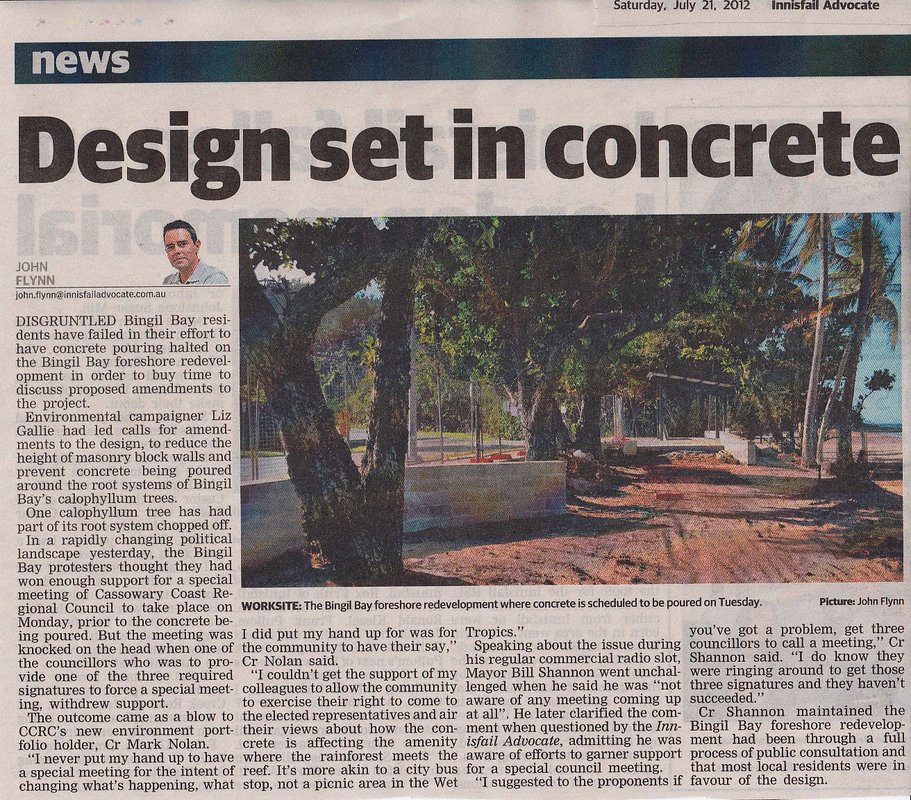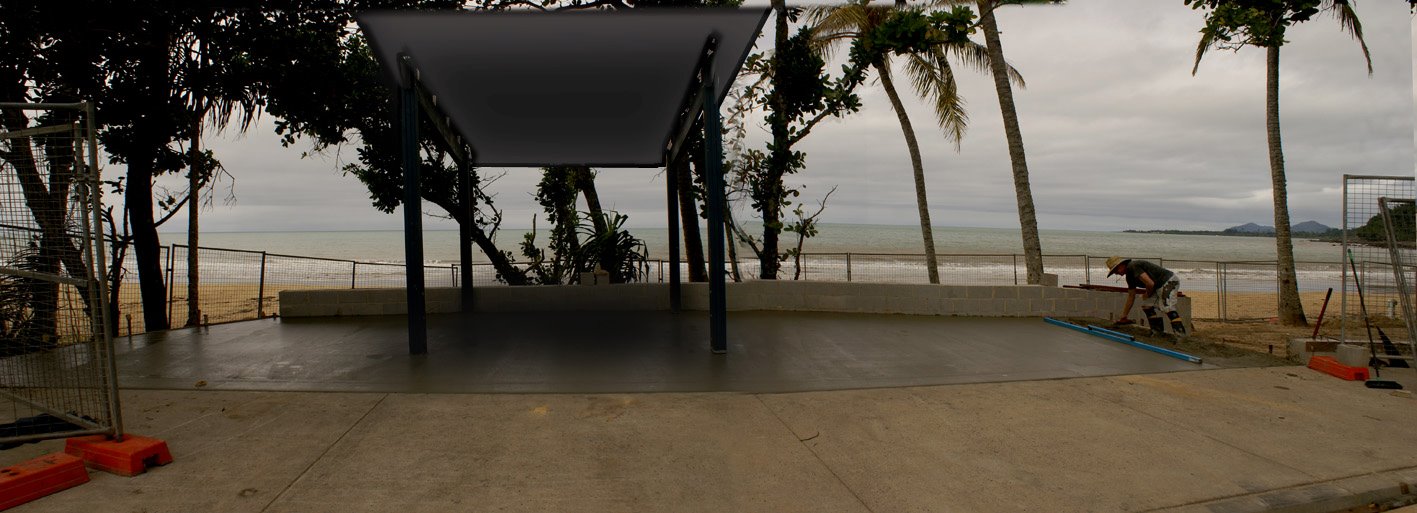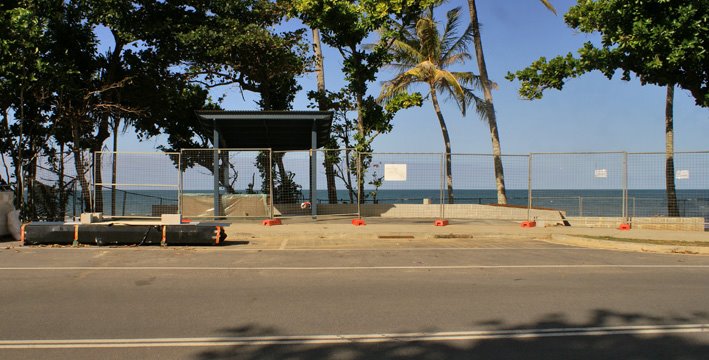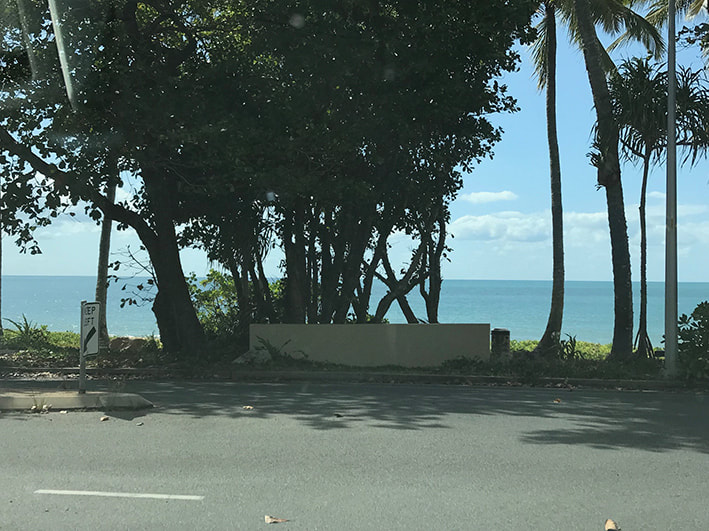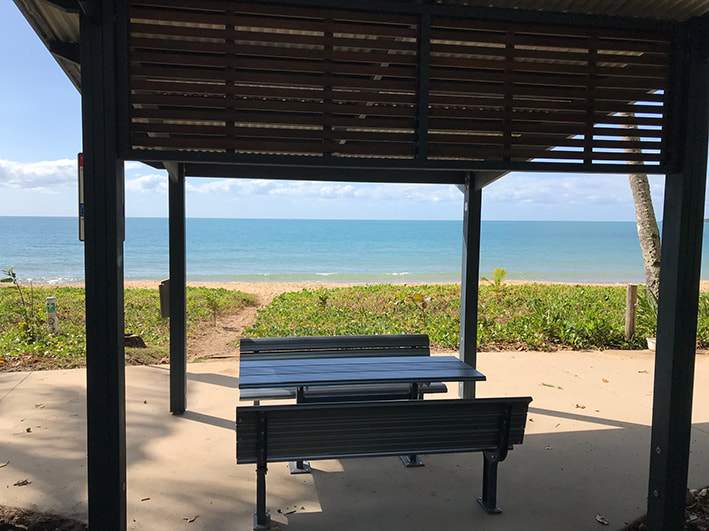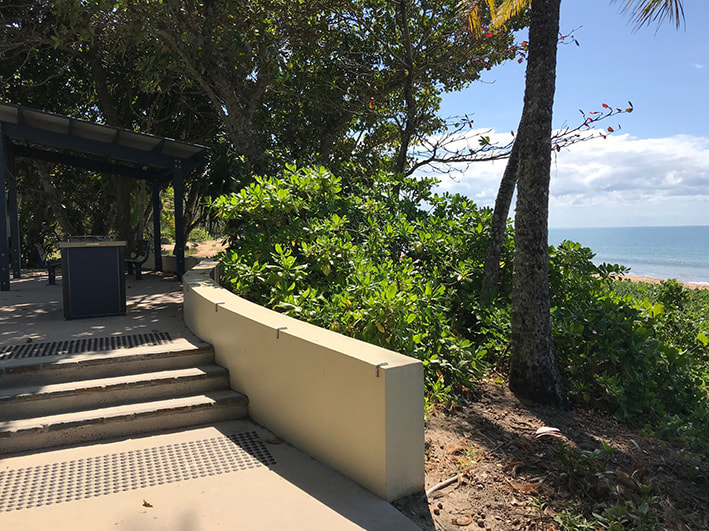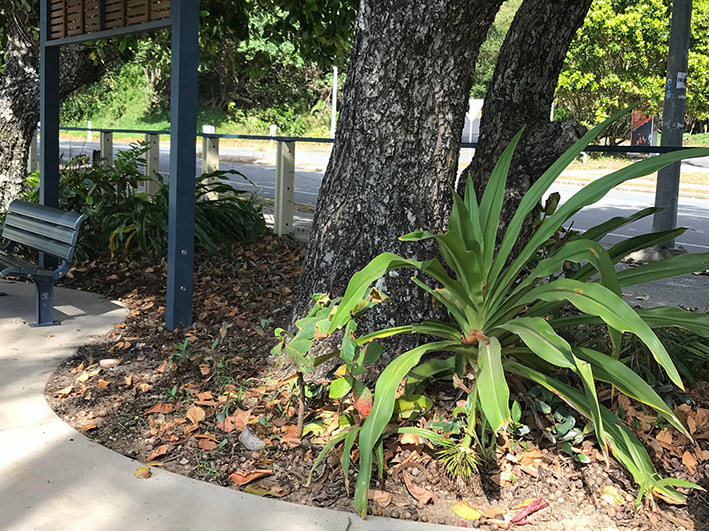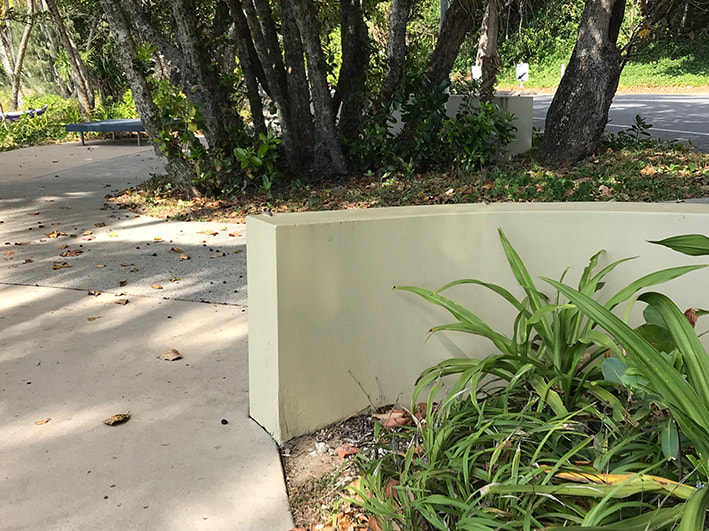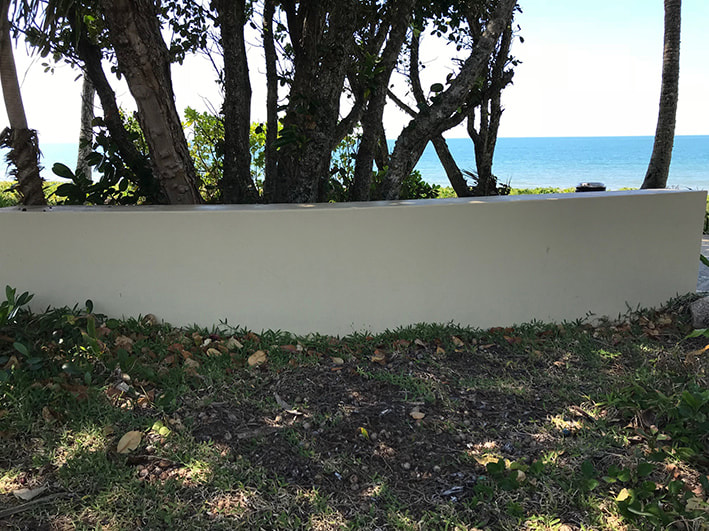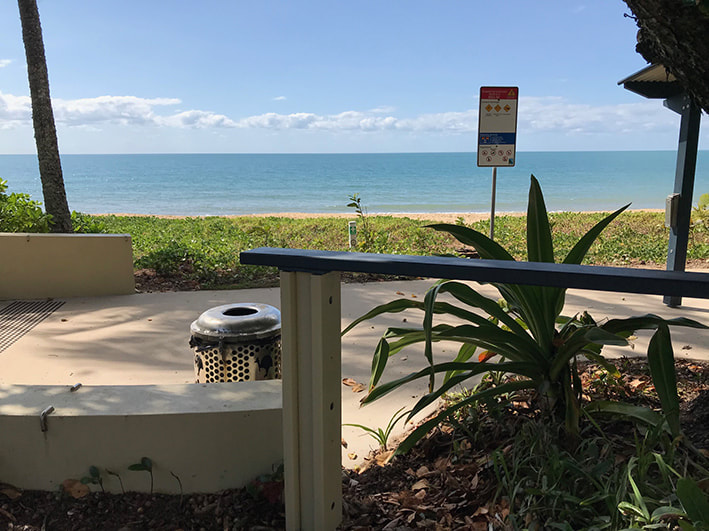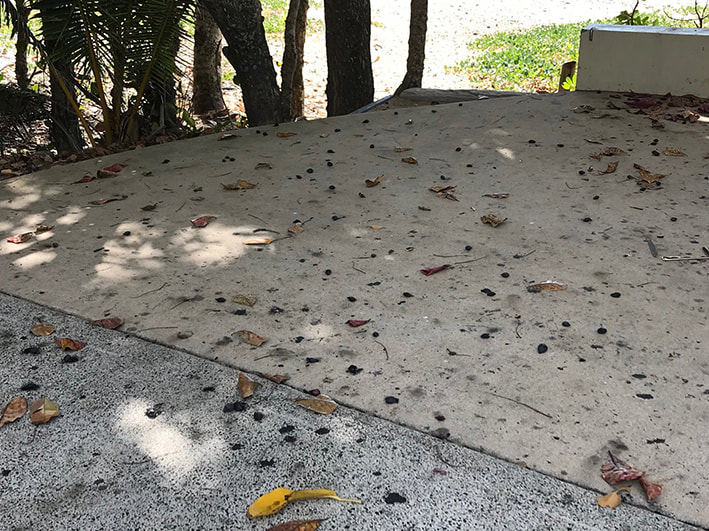This survey is open and just as relevant for visitors as locals.
It is not about just making it look pretty.
It is imperative that protection of the natural environment is the priority consideration.
We have the opportunity to reinforce the community message that has been consistent and documented over decades of community consultation and involvement. Mission Beach - naturally!
You can complete a short survey online on the CCRC website, or
- Email the project team at: [email protected]; Re: Mission Beach Strategic Masterplan
- More information on the CCRC website here.
See below our comments based on the 'Mission Beach - naturally!' branding
Read MBC Submission here
- Our Points of difference - look to our past to secure our future
Travellers use World Heritage listing as a guide to places worth visiting. Mission Beach is nestled between two World Heritage Areas and has the proud reputation of being the birthplace of the Great Barrier reef Marine Park. The efforts of a few dedicated individuals during the 60's and early 70's culminated in the protection of many of the National Parks we enjoy today and for both the Reef and Wet Tropics Rainforests becoming world heritage listed. This history is relatively unknown even to the local community, many of whom have only settled in Mission Beach in recent years. The community continues their legacy with a strong interest in protecting the special natural environment at Mission Beach.
The World heritage values are not confined within the world heritage boundaries, the beauty of the rich rainforest growing down to the sea is why it is called 'Mission Beach 'magic'.
Following are some comments you might consider incorporating into your own.
|
|
|
- Sense of Place - Community Identity
Locals and visitors enjoy the low key relaxed village atmosphere of villages set in rainforest separated by farmland. The easy access via a short sandy pathway to the beach from the village adds to the ambiance.
'Low key development' 'uncomercialised' and 'wildness' are some of the key words in the feedback received from visitors to Mission Beach, particularly international visitors. The 'unmanicured' nature of the Ulysses walk segues gently from the natural areas to parkland to the built environments. The granite pathways accentuate the natural character and allow for natural processes to occur. A major contributing factor of the village atmosphere is the low rise buildings.
Although the scope of the project is between Seaview Street and Boyett Road, particular importance needs to be given to key locations in the whole of the visual catchment of the Master Planned area, from the first glimpse of the sea at the approach to town on Seaview St to the hillside backdrop and access to the beach. A wholistic approach to the plan is integral to maintaining the low key character of Mission Beach.
The Main Road cuts through the middle of the village inhibiting the developing of a village centre Vehicles, particularly buses dominate the village and detract from the village green.
Considering the length of beach at Mission Beach, the exceptionally high natural environment and the presence of native wildlife, there is an urgent need for clearly marked and designated 'no dog' zones. Even if dogs are on leashes they can disturb nesting shorebirds or turtle nests. Compliance is difficult and costly to enforce.
.
|
- One Chance to get it right - learn from past mistakes.
Choosing the right consultant is of utmost importance. In this instance the criteria for selection should not be weighted on being local. An example of an outcome which failed to reflect community views or sensitivity to the natural environment is the Bingil Bay Picnic area which went through lengthy pubic consultation.
The overwhelming community consensus was to retain the natural feel, for the design to be kept low key and to include small practical points such as the angle of the seating.
The first design was rejected outright by the community and the second agreed to more out of frustration at the length of time it took than reflecting community views.
The result was a signature architecture style resulting in a hard edged, benched design with the beach Callophyllum trees isolated by concrete inhibiting natural process. (Another example of this is the Cardwell foreshore) The large round seeds of the Callophyllum and the seeds of the Almond trees also now cause a safety hazard and staining on the large expanse of concrete requiring the need for higher maintenance.
The seats are placed parallel instead of right angled to the beach so visitors have a view of the toilet block. The Bingil Bay Community from Cutten Street now look at a solid brick wall before entering Alexander Drive when they once could enjoy the vista of beautiful Bingil Bay beach through the Callophyllum trees.
| .
See below the process of the unsatisfactory outcome where community input was not reflected in the design and subsequent concerns actively ignored. |
